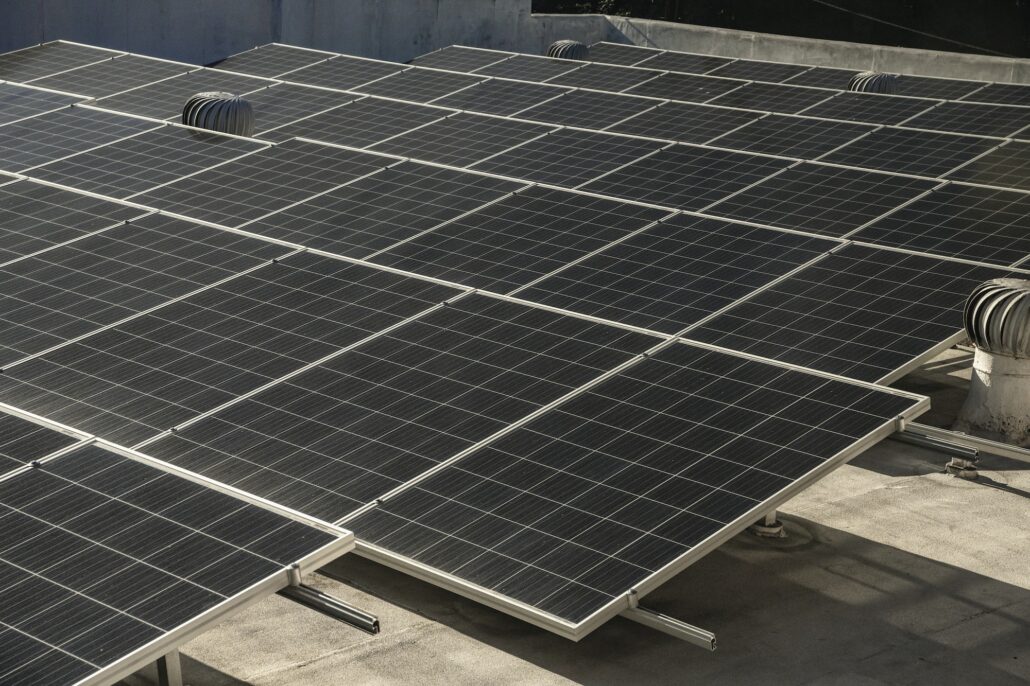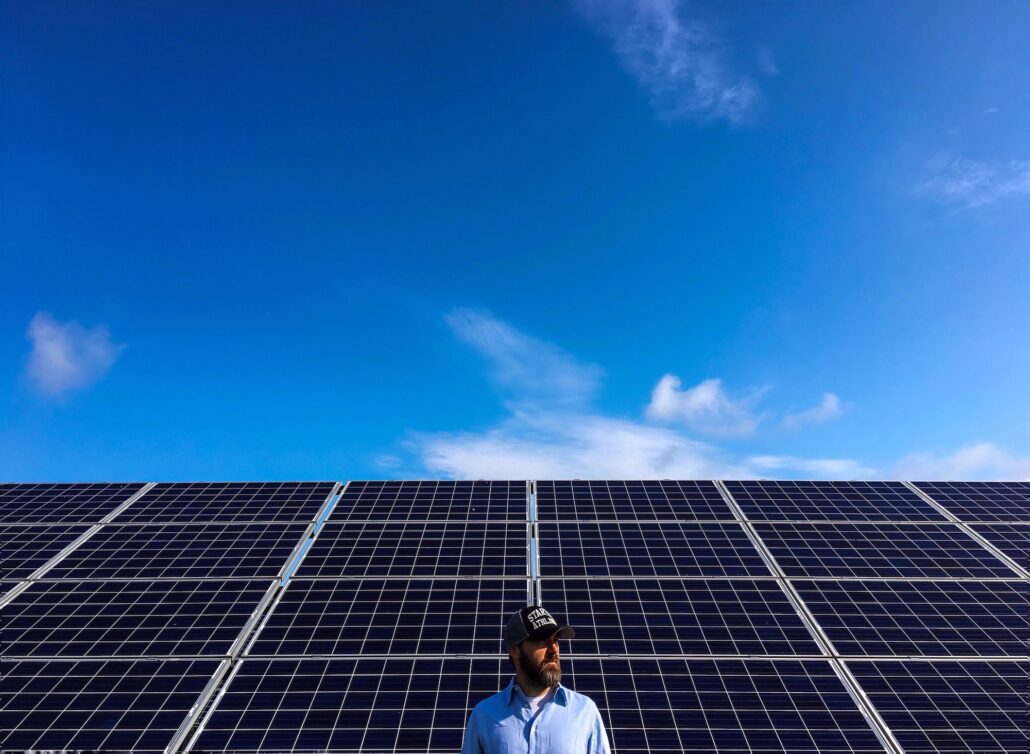How Are They Different?
While both monocrystalline and polycrystalline solar panels are effective energy producers, each has pros and cons a homeowner may want to consider before purchasing a solar panel system.

While solar panels come in an array of colors these days, the most common are still black and blue in appearance. Why is that? Is there a difference in performance?
Let’s examine what makes most panels appear black or blue in color and the distinct advantages and disadvantages of each.
There are two types of crystalline solar cells — monocrystalline and polycrystalline — and the variation in color is caused by how light interacts with these cells.

Solar panels that appear black contain monocrystalline silicon cells that are made from a single, high-quality silicon crystal. The alignment and purity of the silicon gives the panel its black color.
Solar panels that look blue contain polycrystalline silicon cells that are made from many molten silicon crystals, reducing the purity and causing the panel to appear blue in color. Polycrystalline solar panels are the most common.
While both monocrystalline and polycrystalline solar panels are effective energy producers, each has pros and cons a homeowner may want to consider before purchasing a solar panel system.


It is difficult to say if one is definitively better than the other, as both have clear pros and cons. If efficiency is your top priority — and money is no object — black solar panels may be the way to go. If you are on a budget, however, cost-effective blue panels could be a more sensible solution to going solar.
It is important to examine your specific situation, contact Gurr Brothers Energy for expert advice, and choose the solar panels that best suit your needs. Once you start saving on energy and doing right by Mother Nature, either choice will feel like the right one!
Author: Hunter S.
Give Gurr Brothers Energy a call today and let’s start powering your life with sunshine!